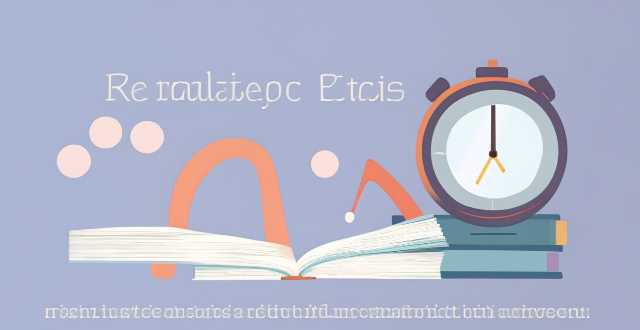Effective speed reading techniques include pre-reading, chunking, reducing subvocalization, scanning, keyword spotting, pacing, and practice. Pre-reading helps focus on important information, chunking breaks down long sentences into smaller chunks, reducing subvocalization improves reading speed, scanning finds specific information quickly, keyword spotting concentrates on essential details, pacing sets a target reading speed, and practice improves skills over time.

Effective Speed Reading Techniques
Speed reading is a skill that can be developed with practice and the right techniques. Here are some effective speed reading techniques:
1. Pre-reading
Before you start reading, take a few minutes to skim through the material. This will give you an idea of what the text is about and help you identify key points. Pre-reading helps you to focus on the most important information while reading.
2. Chunking
Chunking involves breaking down long sentences into smaller chunks of information. This makes it easier to process and remember the information. For example, instead of trying to read an entire paragraph in one go, break it down into individual sentences or phrases.
3. Subvocalization
Subvocalization is the act of mentally pronouncing each word as you read it. This can slow down your reading speed. To reduce subvocalization, try to focus on the meaning of the words rather than their pronunciation. You can also use a pointer (like a pen or your finger) to guide your eyes along the text, which can help reduce subvocalization.
4. Scanning
Scanning involves quickly looking over the text to find specific information. This technique is useful when you're searching for a particular piece of information, such as a name, date, or fact. When scanning, move your eyes quickly over the text and look for keywords or phrases that stand out.
5. Keyword Spotting
Keyword spotting involves identifying the most important words in a sentence or paragraph and focusing on those. This technique helps you to filter out unnecessary information and concentrate on the essential details. As you become more familiar with this technique, you'll be able to identify keywords more quickly and improve your reading speed.
6. Pacing
Pacing involves setting a target reading speed and using a timer or stopwatch to measure your progress. Start by setting a realistic goal, such as increasing your reading speed by 10% each week. Use a timer to track how long it takes you to read a certain number of words or pages, and adjust your goal accordingly.
7. Practice
Like any skill, speed reading requires practice to improve. Set aside some time each day to practice these techniques, and gradually increase the difficulty of the material you're reading. Over time, you'll notice significant improvements in your reading speed and comprehension.